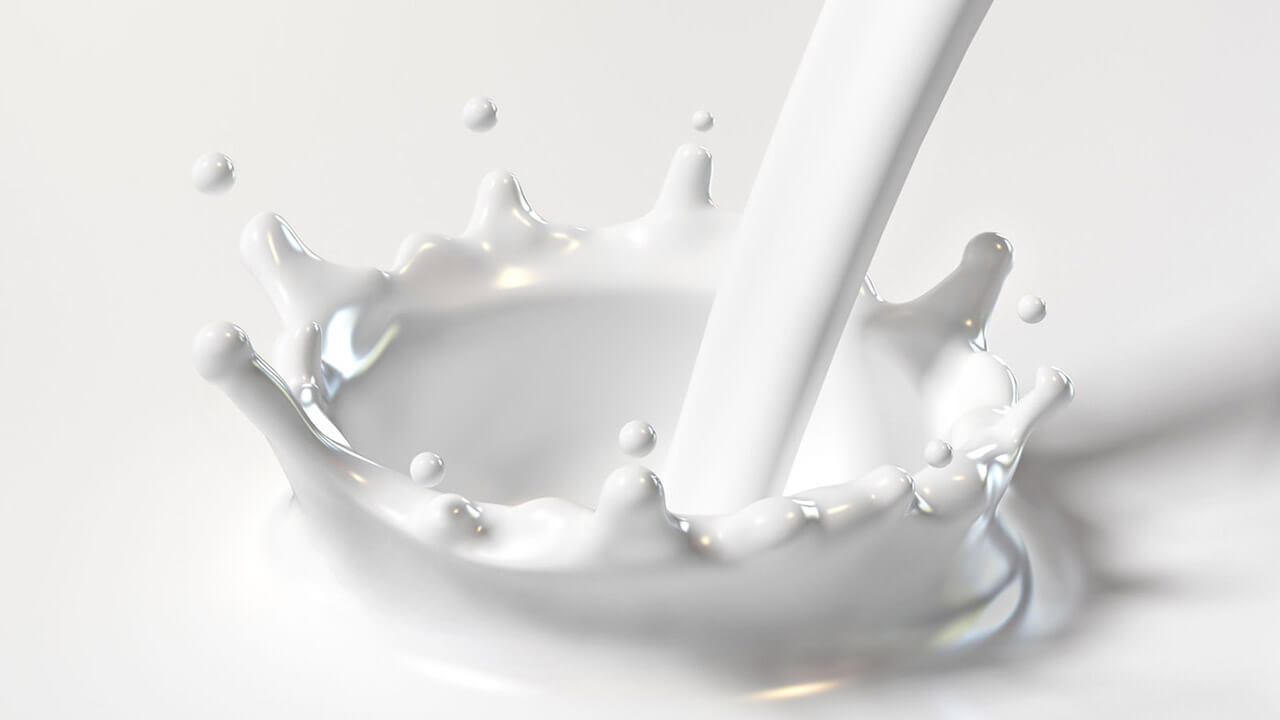Dispersion adhesives are a versatile class of adhesive formulations that have gained popularity in woodworking, laminating, and panel bonding applications. With their ability to bond a wide variety of materials, dispersion adhesives offer reliability and performance benefits over other adhesive types.
What are Dispersion Adhesives?
Dispersion adhesives are water-based adhesives that contain fine polymer particles dispersed throughout an aqueous solution. These polymer particles, usually acrylics or polyvinyl acetates (PVAs), give dispersion adhesives their adhesive properties. When the water carrier evaporates after application, the dispersed polymer particles coalesce and form a continuous film or layer that bonds materials together.
A key attribute of dispersion adhesives is that the polymer particles do not fully dissolve in water like traditional water-based adhesives. Instead, they remain dispersed as microscopic granules suspended throughout the aqueous solution. This dispersion mechanism allows the adhesives to exhibit properties closer to solvent-based contact adhesives while still offering the environmental and safety benefits of a water-based formulation.
Bonding Mechanism
The unique bonding mechanism of dispersion adhesives starts with the application of the water-based formulation containing suspended polymer particles. As the water slowly evaporates, the dispersed particles move closer together but do not fully merge or dissolve. This leads to a dense, but still textured and permeable, polymer film forming at the bond interface.
Subsequently, penetration or “wetting out” occurs as the polymer granules absorb into the porous surfaces of compatible bonding materials like wood. Simultaneously, residual water from the dried adhesive layer continues evaporating from within bonded materials. This drives the dispersed polymer particles to coalesce tightly and deform to fill voids, creating an integrated, intimate bond structure.
Through this combination of surface adhesion and permeation into substrates, dispersion adhesives achieve their strong, durable yet reworkable bonds. The polymer forms a continuous film but retains internal texture, allowing bonded joints flexibility to expand, contract and distribute stresses evenly.
Key Applications
The ability of dispersion adhesives to bond varied materials, form reworkable yet tough joints, and offer application versatility has led to numerous uses:
– Laminating – Dispersion adhesives are commonly used for laminating wood, particleboard, MDF and other sheet materials. Being water-based, they are ideal for staining and finishing bonded laminates.
– Furniture manufacturing – Many chair seats, tabletops and wood assemblies use dispersion bonds. Their strength and flexibility prevent premature joint failures from everyday use.
– Flooring installation – Dispersion adhesives securely adhere vinyl planks, linoleum, wood floors and ceramic/porcelain tiles. Their long open times allow repositioning of flooring.
– Panel manufacturing – In industries like countertops or cabinetry, dispersion bonding assembles particleboard, MDF or melamine faced materials into finished panels.
– Door and window fabrication – Frame assemblies, attachments and finishing touches rely on dispersion adhesives for their consistent, durable joint structures.
Advantages Over Other Adhesives
Compared to solvent-based and traditional water-based formulations, dispersion adhesives offer these key advantages:
– Low VOCs and no harmful solvents – They cure by water evaporation rather than releasing VOCs, making dispersion adhesives environmentally friendly.
– Excellent adhesion – The polymer infiltration achieves adhesion matching or surpassing contact cement while remaining repositionable for a time.
– Versatility – Dispersion adhesives bond wood, plastic, concrete, drywall and other porous/non-porous surfaces compatibly.
– Reworkability – Their open time allows adjusting bonded materials or applying pressure over time as the joint strengthens gradually.
– Indoor air quality – Being solvent-free, dispersion adhesives emit no pollutants as they cure, important for occupied spaces.
In summary, dispersion adhesive technology delivers a unique combination of performance, versatility, and environmental safety benefits prized by various industries. Through their permeating yet coalescing bonding mechanism, these water-based formulations form strong, durable, and dependable joints for a diversity of materials and applications. With ongoing formulation advancements, dispersion adhesives will likely continue growing in relevance and usage.
*Note:
1. Source: Coherent Market Insights, Public sources, Desk research
2. We have leveraged AI tools to mine information and compile it



